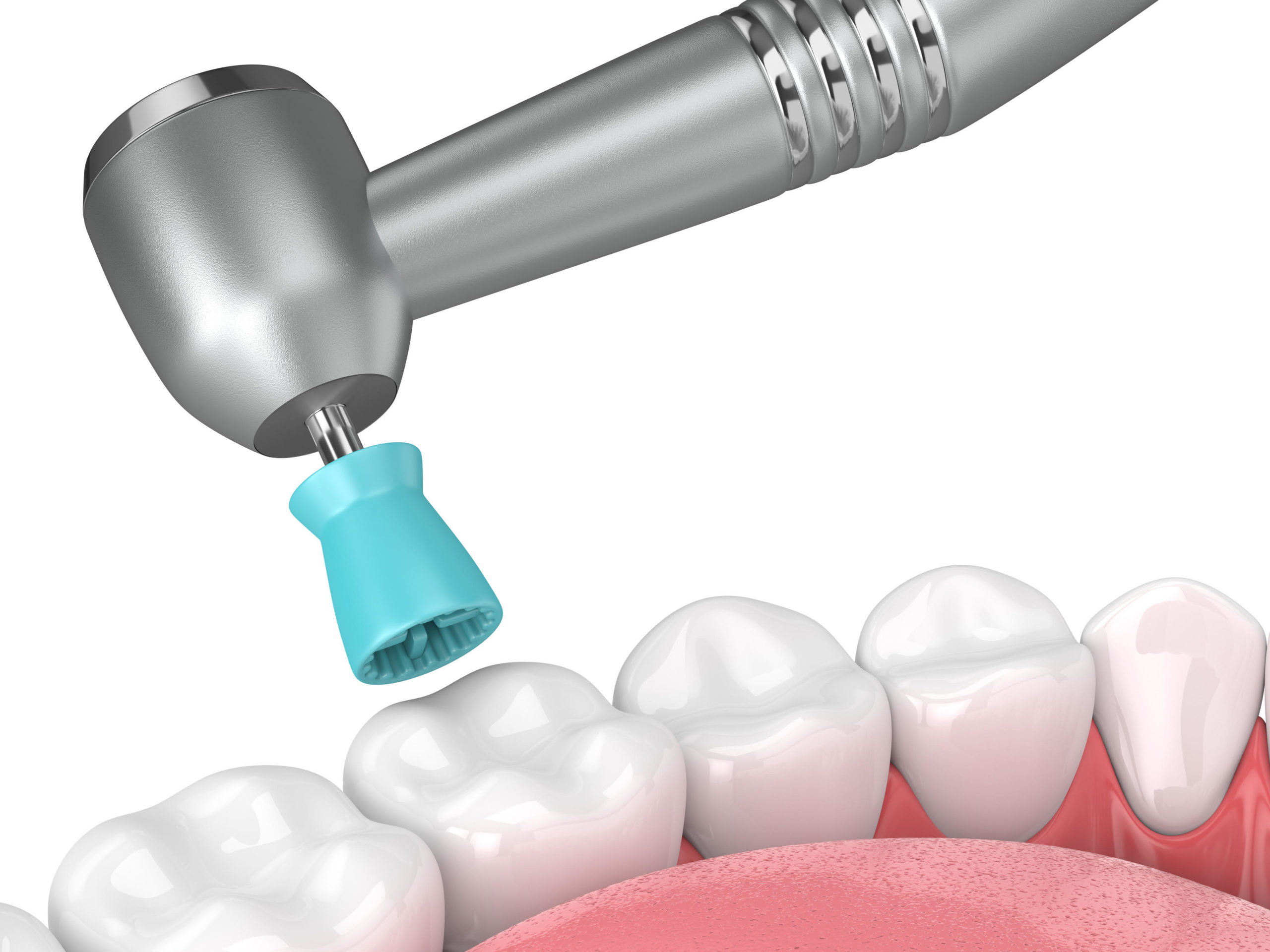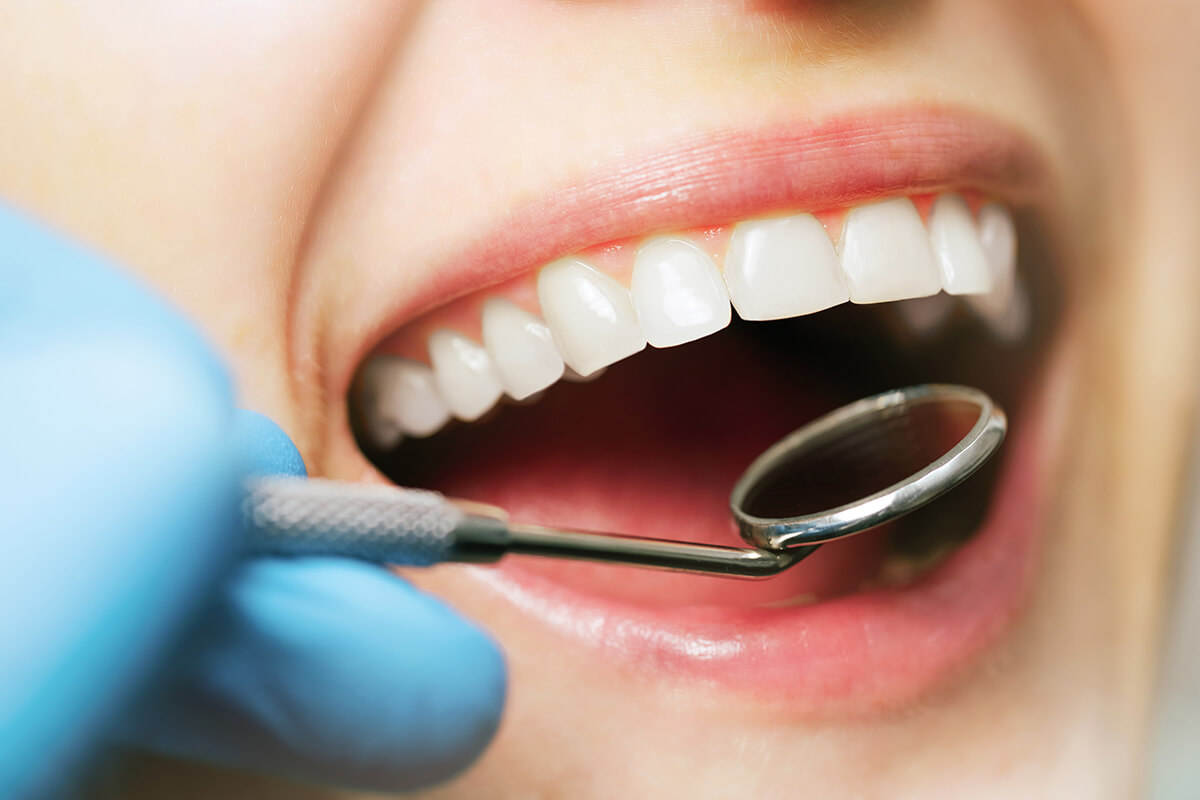What is dental hygiene and why should you go for it?
It is a preventive dental procedure, the aim of which is to remove dental plaque, stone and other impurities and deposits on the surface of the teeth. Thanks to dental hygiene, the risk of infection, periodontitis (inflammation of the periodontal apparatus of the tooth) and the prevention of tooth decay are reduced.
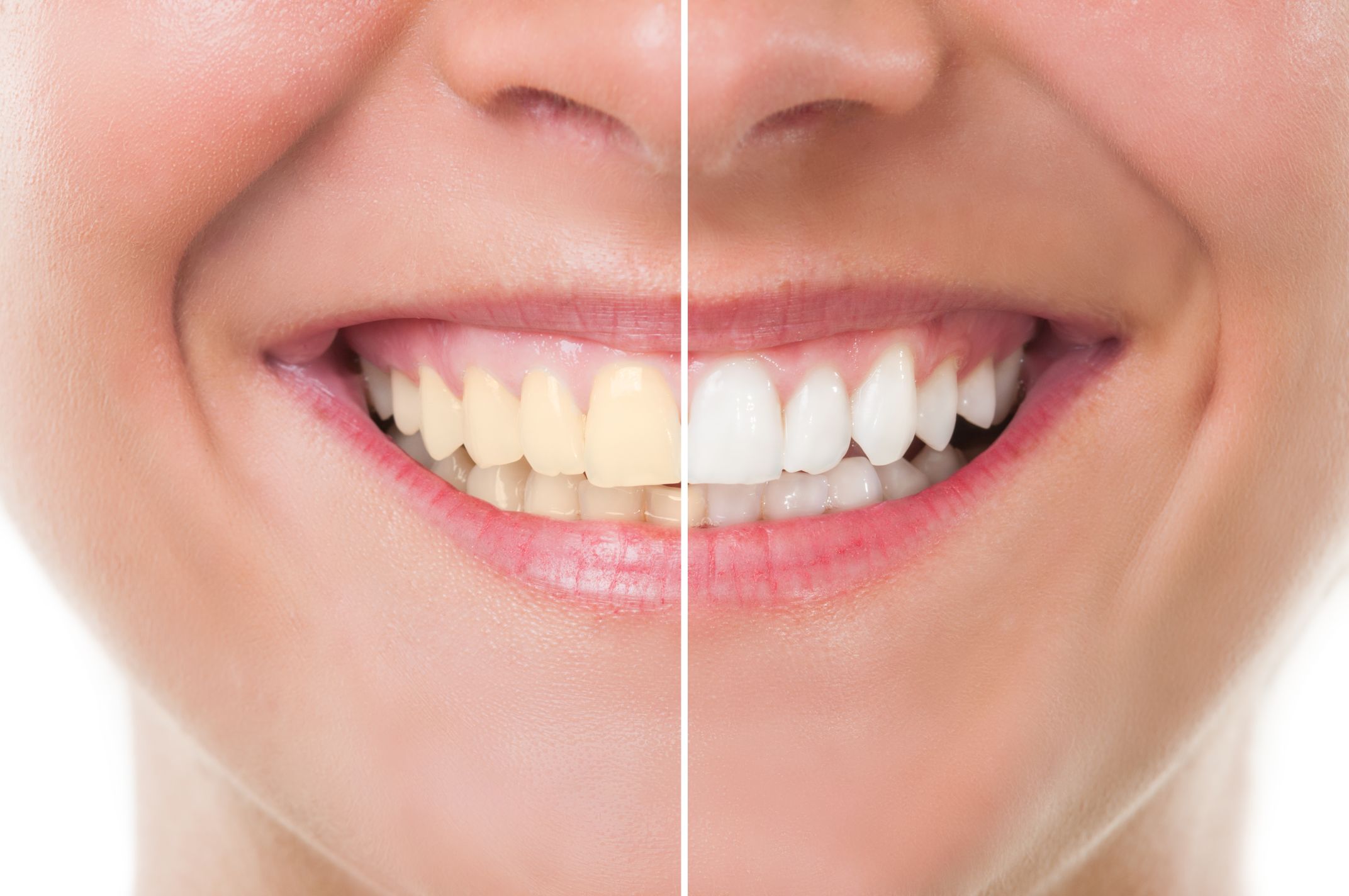
How often to undergo dental hygiene?
We recommend that patients undergo oral hygiene, as a rule, twice a year, i.e. every 6 months. If you suffer from a diagnosed periodontal disease, you should undergo it every 3 months.
We recommend that patients undergo oral hygiene, as a rule, twice a year, i.e. every 6 months. If you suffer from a diagnosed periodontal disease, you should undergo it every 3 months.
Regular visits also have a psychological dimension: patients' motivation decreases over time and their interest in dental hygiene is lower. So it is necessary to repeatedly awaken their enthusiasm for cleaning, to explain the whole process to them again and to assure them that they are doing it correctly, or to guide them. For patients who walk irregularly or for longer periods of time, most of the time allocated for dental hygiene is taken up by cleaning. At the same time, the longer the deposit in the mouth is, the more resistant it is to removal, the whole process is more lengthy and sometimes requires two visits.

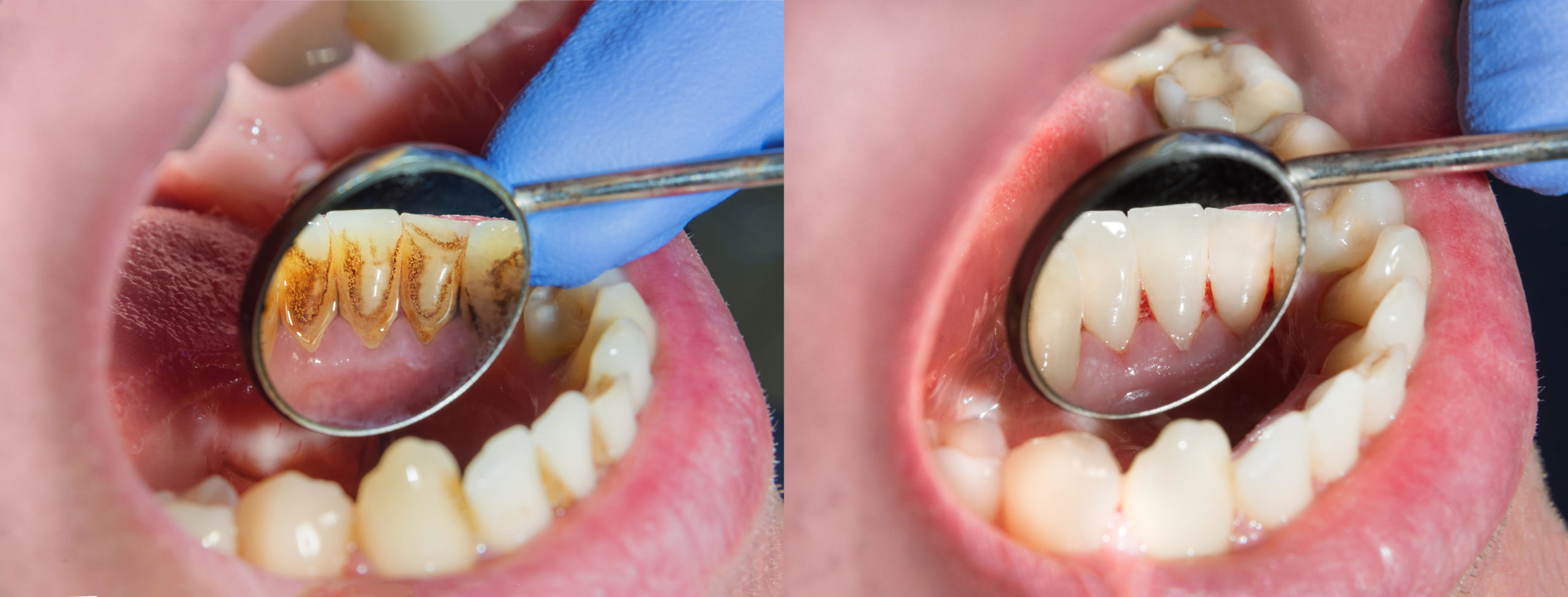
What is dental plaque and tartar and how is it formed?
Dental plaque is a soft and somewhat invisible layer that forms on the teeth and at the edges of the gums, mainly from saliva and food residues. Microorganisms causing the decomposition of carbohydrates into organic acids also settle here, which with enzymes gradually decalcify the enamel, which subsequently contributes to the development of tooth decay.
Dental plaque is a soft and somewhat invisible layer that forms on the teeth and at the edges of the gums, mainly from saliva and food residues. Microorganisms causing the decomposition of carbohydrates into organic acids also settle here, which with enzymes gradually decalcify the enamel, which subsequently contributes to the development of tooth decay.
If plaque is not removed properly, it hardens until it becomes tartar. For some, less tartar is formed, for some more, for some it is soft, that is, relatively easy to remove and usually there is a lot of it, for others it is hard, but in smaller quantities.
Toxins that are present in the plaque can therefore almost continuously affect the gums around the tooth. In addition, another coating gets into the gap between the tooth and the gum, which is very difficult to remove from this space, and thus tartar forms again, but this time under the gum, which can lead to the presence of periodontal pockets and the development of periodontitis (inflammation of the periodontal apparatus of the tooth).
How does dental hygiene work here?
As we have already mentioned, the first dental hygiene visit also includes an entry questionnaire and evaluation of the condition of the oral cavity. Based on this, a timetable will be made. Then there are 3 stages of cleaning and finally fluoridation:
1. Tartar removal using ultrasound and hand tools
First, using ultrasound, we remove the largest deposits of tartar. After that, we continue to remove with hand tools – dirt from the surface of the teeth is scraped off using a special hand tool, which can also be used to get into the spaces between the teeth.
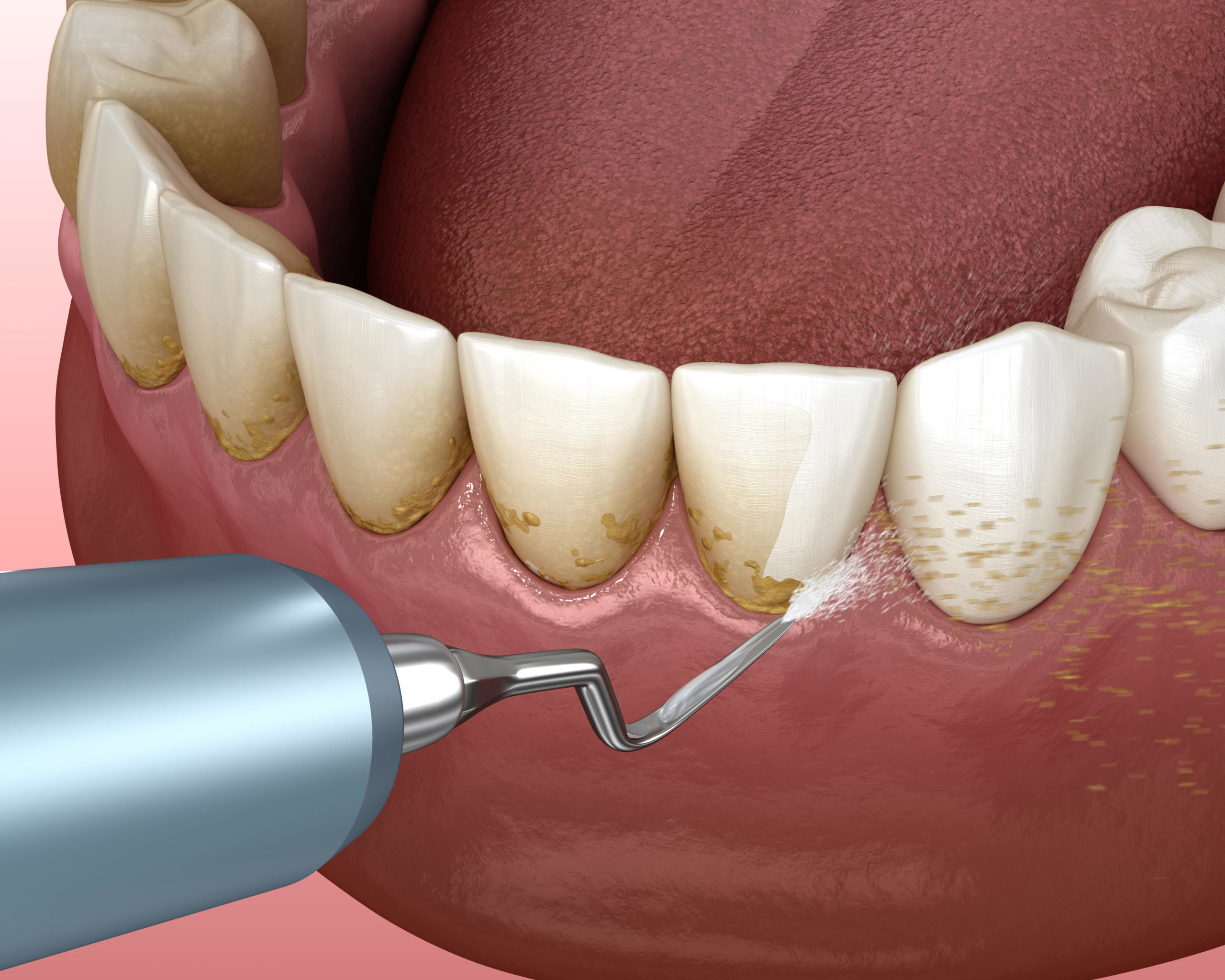
2. Removal of coatings and stains using sandblasting - Air-Flow
This is followed by sandblasting with an Airflow device - that is, cleaning using a mixture of powder and water. The advantage of sandblasting is that the fine powder gets really everywhere, even in narrow interdental spaces. This will complete the removal of all plaques and stains on the teeth. For children, Airflow is omitted because such cleaning is not necessary for them and, moreover, it could be unpleasant for them.
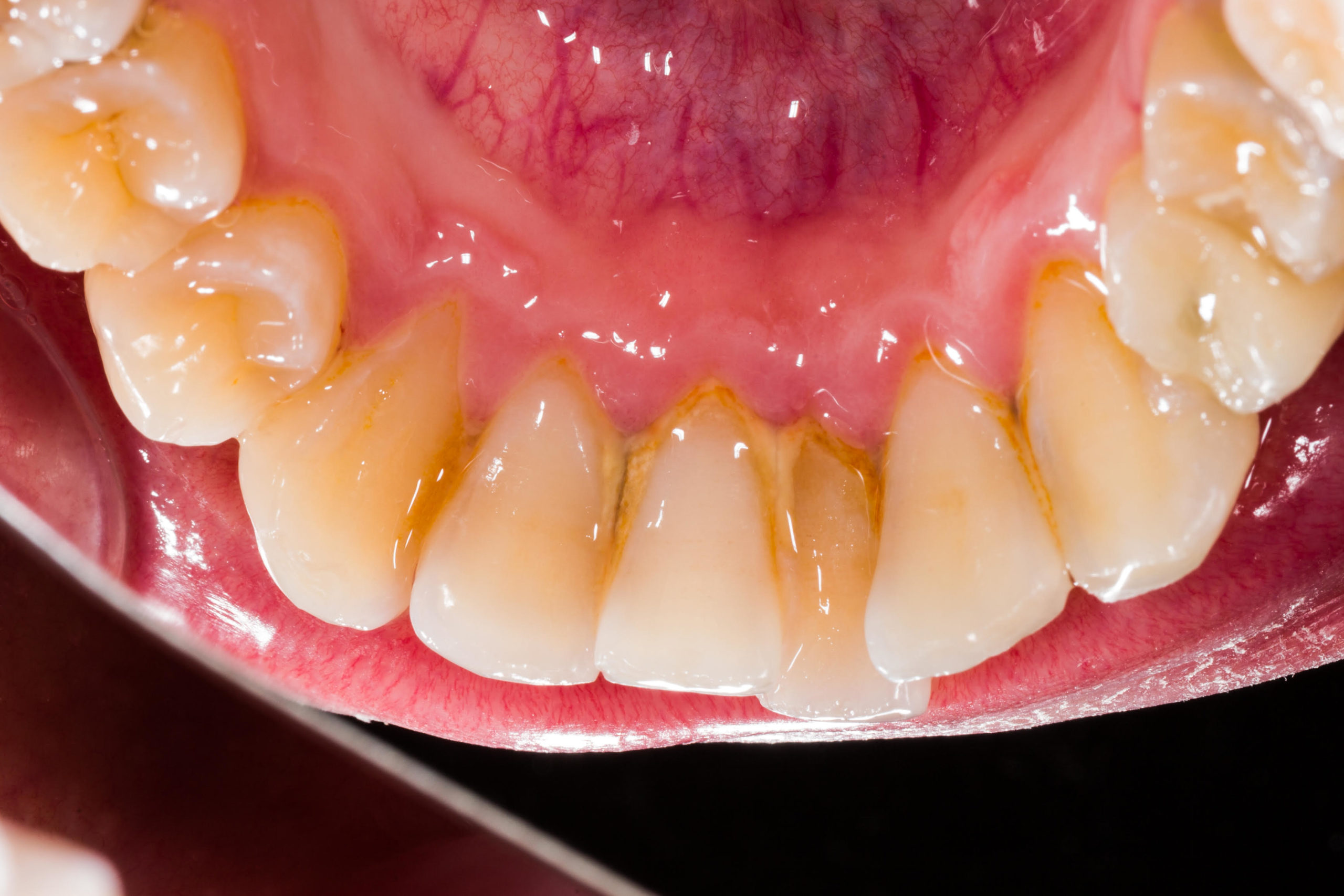
3. Polishing and depuration
The last phase of cleaning is depuration and the so-called polishing, which is basically one procedure that has a double effect. It involves removing plaque on the teeth with a rotating brush in an attachment using depuration paste, which has a larger particle size than ordinary toothpaste. Polishing is then the final polishing, when the teeth are completely polished.
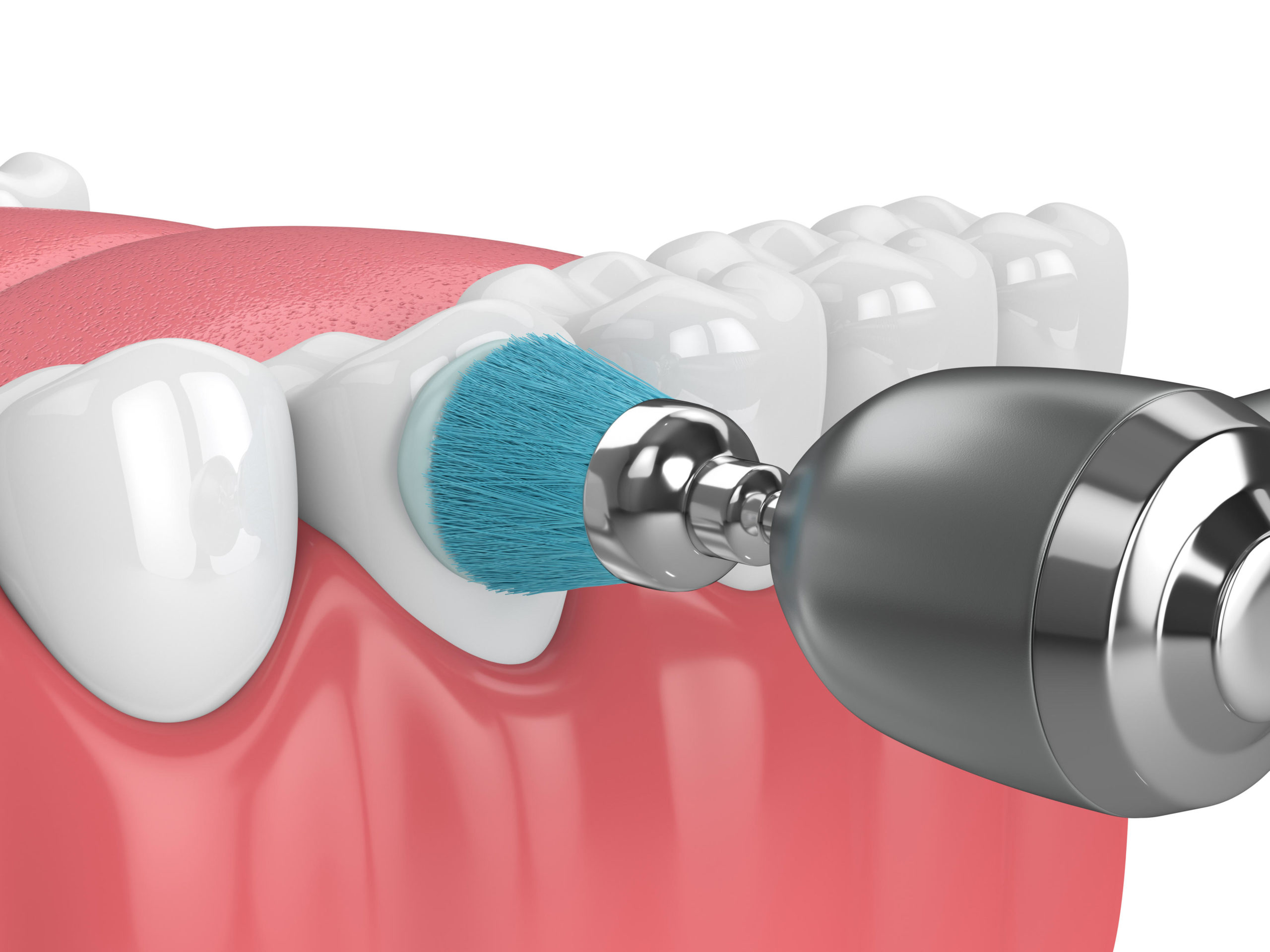
4.Topical fluoride application on teeth
The last step is fluoridation - applying a fluoridation preparation with a higher fluoride content than ordinary toothpaste.
